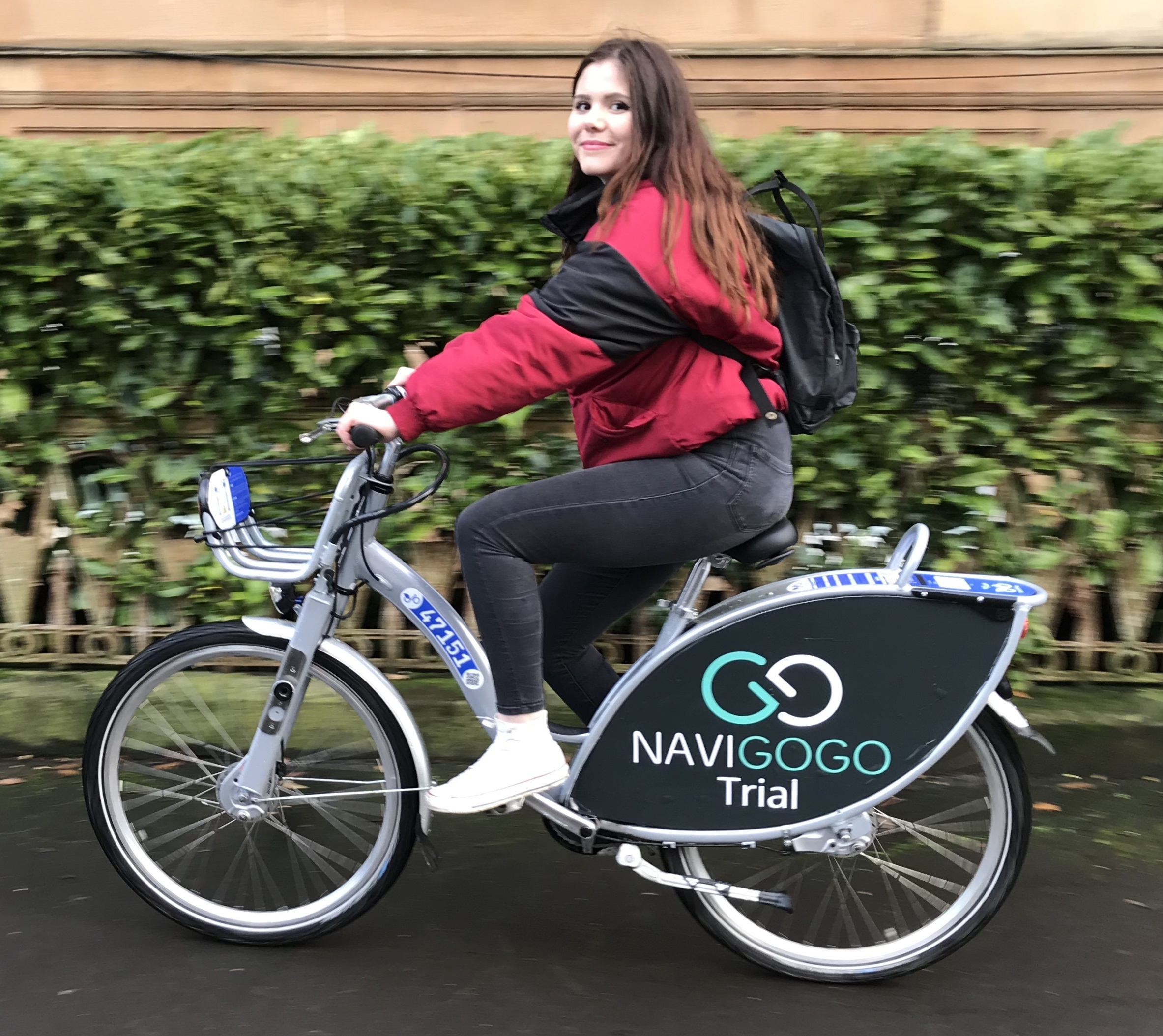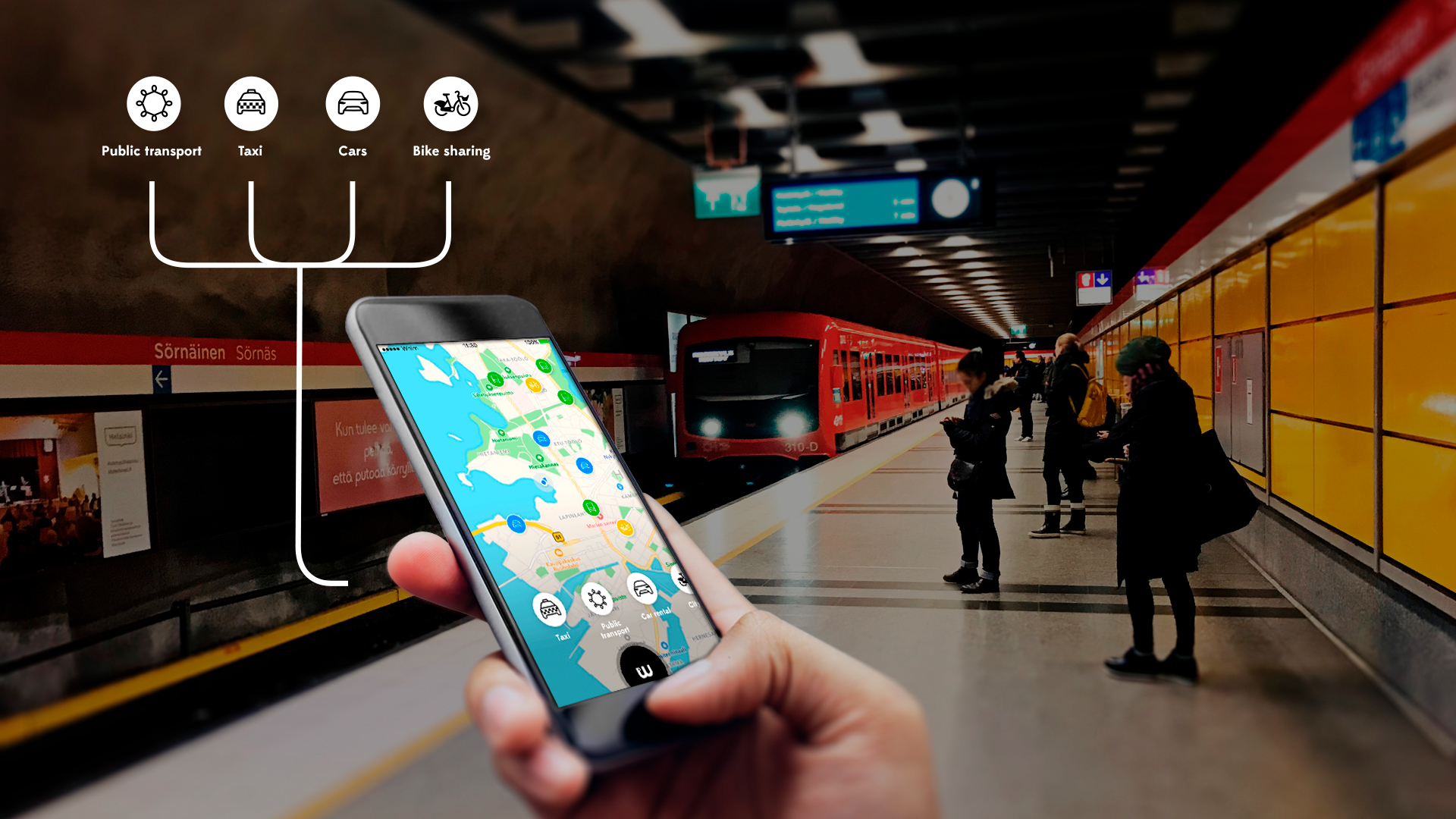
A MaaS trial in Scotland will evaluate the attraction of such services for young people living in small cities and rural areas. Colin Sowman reports.
It is often said that Mobility as a Service (
By population, Dundee is the UK’s 37th largest city - making it smaller than central London’s City of Westminster and only marginally bigger than the English city of Oxford. And what’s more, NaviGoGo reaches far beyond the city boundaries to include the adjoining authority - rural north-east Fife - meaning it encompasses several situations many believe are unsuitable for MaaS.
“It is a good mix of urban and rural regions, affluent and deprived areas and home to three universities,” says David Smith, NaviGoGo project manager at transport technology supplier ESP Group.
NaviGoGo evolved from the Pick&Mix entry for Innovate UK’s Enhancing the End-to-End Journey competition, and has been developed by an ESP-led consortium. According to Smith: “The idea was to get a group of young people together to co-design a MaaS platform that would work for them and meet their needs.”
Other consortium members include Young Scot (youth citizen advice charity), Scotland’s National Entitlement Card Programme Office, transport consultancy Systra, optimisation specialist Route Monkey and user interface specialists Mudlark.
Transport problems
With 680,000 people using its entitlement card, Young Scot was well-placed to pull together a representative group of under-25s to tell the consortium about the transport problems they experience and the features they would want within a MaaS app. Those requirements were then designed into NaviGoGo which is currently being tested by 100 young people in and around Dundee.
So, what did they want? Firstly, a trip planner that not only displayed their travel options but also reflected the user’s entitlements (such as under-18 discounts) to allow proper comparisons and to be automatically matched to any applicable deal or discount. They also preferred a pre-payment account to purchase travel entitlement via the app and wanted other people (mostly parents) to be able to put money into that account.
“This also means parents and carers can put into that account knowing it can only be used for travel,” Smith adds. When the selected trip involves a taxi, the app alerts the taxi company to the pick-up and drop-off locations and displays the price of the ride. In addition, the representative group wanted a ‘taxi splitter’ function for shared taxis so as each person gets out, the algorithm works out how much they should pay for their part of the journey.
Additionally, the group wanted access via the app to local travel information for other places around Scotland and this has been integrated into the app by a ‘destination insight’ database. It provides users with trip planning using local transport suppliers and general information about fares and discounts - but not bespoke pricing or the ability to pay for transport.
A final request was to provide a forum for users’ comments and feedback to allow members to share their experiences and opinions of the transport options they have used.
Travel entitlement
In addition to the phone app, NaviGoGo can be accessed as a web app from any internet-enabled device and, according to Smith, this means the system did not need to be developed specifically for the Apple or Android operating systems. The Young Scot Card can be used to load travel entitlement (such as a weekly travel pass) and in the longer term could be used to hold the account.
Should things not go smoothly, users can phone or email Journeycall, ESP Group’s customer support centre. “The advisors have been trained on the NaviGoGo so they can answer any queries that might come in,” explains Beth Cocker, future mobility designer at ESP.
Within the region covered by the NaviGoGo pilot the main bus operator, two taxi companies, car clubs (for those with a licence) and ScotRail are all involved in the trial. Bike-sharing has just been added with Nextbike providing 10 bicycles spread across three locations in Dundee (the train and bus stations and the University of Dundee’s city campus) for use by NaviGoGo participants.
“The trial is initially around the Dundee and north-east Fife area but in the longer term the idea is that it should become Scotland-wide and eventually UK-wide,” says Cocker. Smith adds: “Feedback from users is already indicating a strong demand for journeys beyond our existing trial area.”
Following a small two-month beta test, a four-month trial started in early December with 100 selected users. To ensure a representative cross section of users, the consortium agreed guidelines which limited the proportion of students to 35% and sets a minimum of 15% employed people. Overlaying that, 20% were to have access to a car and at least 20% had to be 21 years of age or older.
A social media campaign was used to recruit potential users and this was backed up by physical recruitment where needed – for instance, at colleges for apprentices and job centres for unemployed people (who also had to be represented).
Success criteria
Key objectives were agreed before the trial started. The three main ones were to show that:
- the system and underlying back-office processes work
- MaaS is attractive to rural and city users in this age group
- it is also attractive to transport operators (through an increased use of public and shared transport)
Smith says: “We want to show that as a MaaS provider, by combining public transport and shared modes with personalised information and recommendations, we can offer something that competes with the car and generates more trips and more revenue for transport operators. And once we have done the trial, we should have the data to back that up.”
While the current trial uses existing deals and fares, Cocker says: “Once the trials is over, if the decision is taken to open the service to all young people, this will aggregate a larger number of users and attract exclusive deals and incentives. This is definitely a longer-term aim.”
Delegates to ITS International’s MaaS Market conference in London (20-21 February) will hear an interim update on the scheme’s acceptance and performance as well as information about other MaaS business models being tested in Scotland.
Looking ahead
Going forward, NaviGoGo will not be confined to the under-25 age group but open to all, says David Smith, NaviGoGo project manager at ESP Group. Furthermore, as the various functions and aspects of the system are based on individual modules within the back office, he says this will “allow us to tailor services to particular groups of individuals and include only the functions and features they want”.
Beth Cocker, future mobility designer at ESP, continues this theme: “We are looking to collaborate more, to add modules and features and then to see how these can be redeployed to provide value to particular groups with specific needs.”
She highlights the group’s Onwards project (also in Scotland) which is considering how a MaaS-type solution can support the transport needs of those with dementia. “They might find a version of something designed for young people to be really useful but may need to access it via the helpline or during a workshop rather than a web app,” she adds. “We are looking at how we could incorporate this alongside personalised support to build user confidence in other ways of travelling - particularly when people limit or stop driving and need to access travel modes they haven’t used in a long time.”
Using this modular approach, various functions will also be deployed in a Car Freedom trial (south of the border in the West Midlands area of England) aimed at improving mobility for older people.










